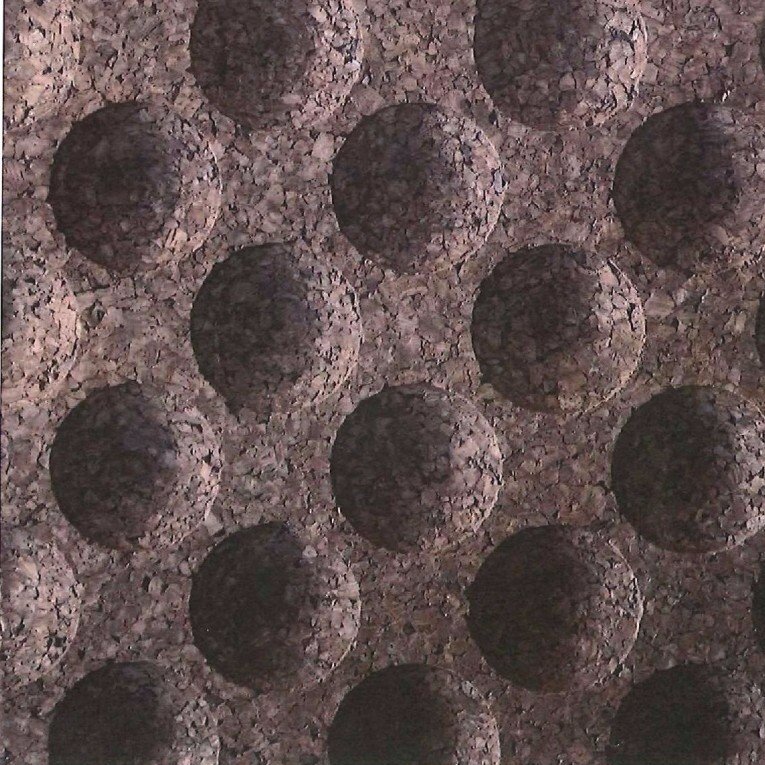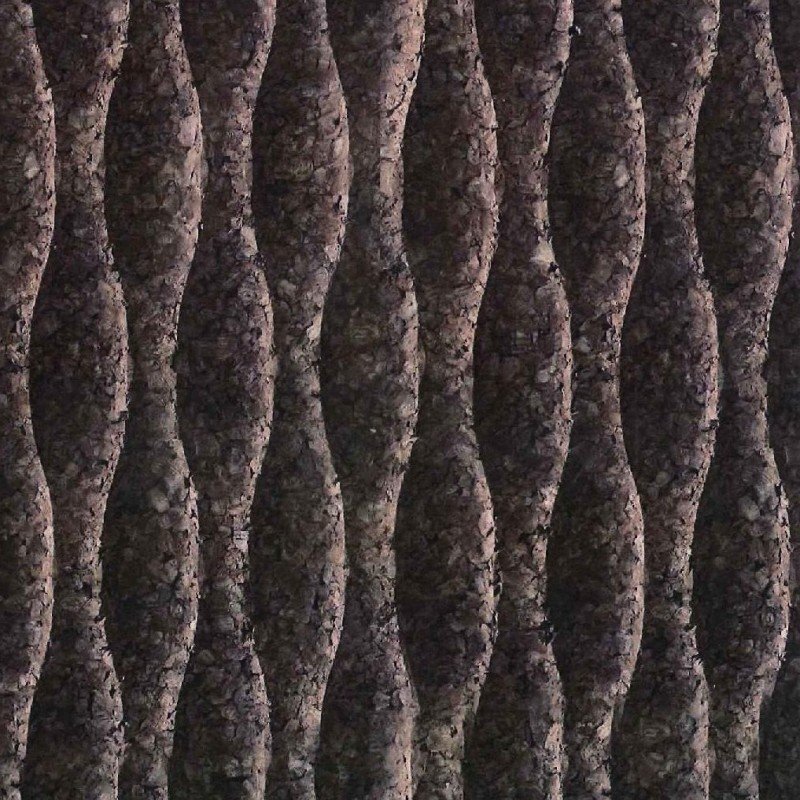3 sustainable wood alternatives to consider for your office fit out project
Insight
3 sustainable wood alternatives to consider for your office fit out project
There’s no denying the timeless appeal of wood in office design. As well as being strong and hard-wearing, it has an innate ability to bring warmth and a certain sophistication to the workplace. While helping us to feel closer to nature within the built environment. When sourced responsibly, it can also be one of the more sustainable materials at an interior designer’s disposal.
But that’s not to say that other options aren’t worth considering. In fact, they could help you to take your sustainability game to the next level.
Here are a few of our favourite alternatives.
1. Bamboo
Bamboo is a highly sustainable and affordable alternative to wood. It is both durable and strong and can be used in just about any situation where you may wish to add the warmth and texture of a classic wood finish such as flooring, walls and furniture.
Despite closely resembling wood aesthetically, bamboo is in fact a member of the grass family and is one of the fastest-growing plants on earth. Some varieties can even grow up to three feet per day. This is where it scores some major sustainability points as it regenerates quickly and can be harvested for construction every three years. Compare that to the 25-50 years it takes for trees to become ready to harvest and it’s easy to see why bamboo is fast becoming a construction material of choice.
Bamboo’s rapid growth rate also means it removes a greater volume of CO2 from the atmosphere, while its complex root network helps to anchor soil and prevent erosion during periods of heavy rain or flooding.
We think it’s well worth considering if you’re looking to bring a sustainable element of biophilic office design into your space.
Images courtesy of Mike Wye
2. Cork
As far as sustainable building materials go, it doesn’t get much better than cork.
Lightweight, free from chemicals, durable, water resistant, fire retardant, sound absorbing, the list of its impressive benefits goes on and on.
What’s more, no trees are destroyed in the process of obtaining cork. It is harvested by carefully removing the bark of the cork oak tree, which remains unharmed thanks to its unique ability to regenerate its bark over a period of 9 years, making it a highly sustainable alternative to wood.
We love stumbling across innovative new building and design materials that have come from the most unlikely of sources. Which, in the case of the cleverly named Chip[s] Board, is unwanted potato peelings. Who’d have thought.
Created by London-based designers Rowan Minkley and Robert Nicoll, Chip[s] Board is made by heat-pressing a composite of potato fibres, bamboo, wood and/or hops to create sturdy boards that can be used as an eco-friendly alternative to MDF and chipboard.
However, unlike these non-recyclable materials, which often wind up in landfill or the incinerator, Chip[s] Board has not been treated with formaldehyde or other toxic resins and chemicals, making it biodegradable and suitable for use as fertilizer.1
Our designers are always on the lookout for the latest innovations in sustainable design. So be sure to stay tuned for more inspiration and ways to achieve your workplace sustainability goals.
You can find out more about our approach to sustainable workplace design by checking out our Sustainability & Wellbeing service page.
Get in touch
Want to learn more?
Our experts are here to guide and support you through your project.






